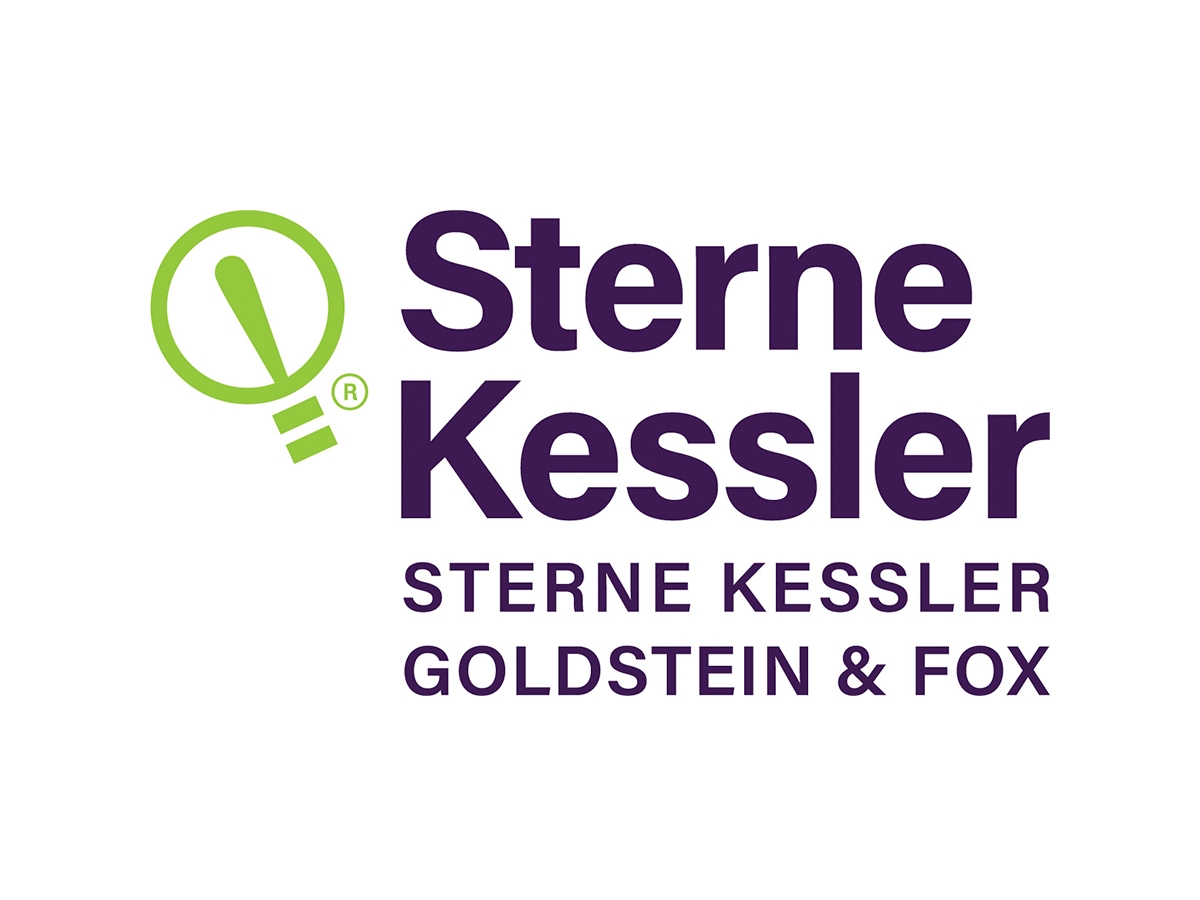Fish & Richardson
Our Texas Patent Litigation Monthly Wrap-Up for July 2024 covers three decisions of interest from the Eastern District of Texas granting motions related to subject matter eligibility, stays pending inter partes review (IPR), and pleading standards for pre-suit willfulness.
Symbology Innovations, LLC v. Dexcom, Inc., No 2:23-CV-00473, 2024 WL 3543409 (E.D. Tex. Jul. 25, 2024) (Gilstrap, J. In a lengthy order granting defendant Dexcom’s renewed Rule 12(c), the court held that four asserted Patents were ineligible for SS 101. The asserted Patents shared a similar specification and related to “systems and methods that enable a portable electronic device, such as a barcode scanner, to retrieve information about a particular object when it detects the object’s symbology.” Id. The parties disputed if a single claim was representative of all claims of the asserted Patents. According to Dexcom, all claims contain the same essential elements:
capturing an image with a camera or a scanner;
detecting a symbology;
- decoding the symbology to obtain a “decode string”;
- sending the “decode string” to a “server” for processing;
- receiving information from the “server” in response; and
- displaying the information received.
- Id. Dexcom asserts that all claims contain the same essential elements:
- capturing an image with a camera or a scanner;
detecting a symbology;[d]decoding the symbology to obtain a “decode string”;[d]sending the “decode string” to’server’ for processing;
receiving information from’server in response. Dexcom asserted, too, that the dependent claims refer to pre- or after-solution activities and do not negate a claim’s representativeness. Id. Despite Symbology’s opposing arguments, the court noted Dexcom “cite
… and analyze
each and every claim of all four asserted Patents,” and included a comparison of the representative claims to other claims of asserted Patents. The court found this sufficient to make a primary case of representativeness which Symbology didn’t refute. Id. Id. 3d 1021, 1030-32 (E.D. Tex. 2019)). The parties also disputed if claim construction was required to determine patent eligibility. Symbology argued that the court had to interpret a limitation (“one of more visual detection applications”) added during prosecution in order to evaluate Dexcom’s arguments about abstract concepts. Id. Id. The court found, however, that Symbology had not proposed a specific claim interpretation or explained why a proposed claim construction would impact the subject matter eligibility assessment. Id. The court found it appropriate to proceed with the determination of patent eligibility at the Rule 12(c) stage. The court therefore found it appropriate to proceed with the determination of patent eligibility at the Rule 12(c) stage.[and]Turning to the merits of SS 101 and Alice Step 1, the court found that the claims were directed to the abstract idea of data recognition and retrieval. Id. Id. Comparing the claims with others found ineligible on the Federal Circuit, it was found that the “pure functional nature” of a representative claim “confirms its abstract idea and not a concrete embodiment.” At *9. The court also considered whether there were any well-pleaded factual statements in Symbology’s complaint that supported Symbology’s assertion that the asserted claim provides “a technological solution to how a computer works” or otherwise demonstrated the non-abstract character of the claims. It found the complaint only contained “vague and conclusory statement.” At *10. The court also examined the specification of the asserted Patents for “indications” of patent eligibility and found that it “repeatedly, and unequivocally, recognizes that Symbology decoders and readers existed prior to the invention.” Finding “no basis for Symbology’s claim that the Asserted Patents “recite a solution to a problem in the realms of computing networks”” and comparing those claims to Secured Mail Solutions, LLC v. Universal Wilde, Inc., (873 F.3d 905, 906) (Fed. Cir. Cir. 2017), the court concluded that the asserted claim is directed at an abstract idea. Id. Id. At *12 (quoting Content Extraction & Transmission LLC v. Wells Fargo Bank National Assn., 776 F.3d 1303, 1347-48, (Fed. Cir. 2014) (internal quotation removed)). The court argued that the functional steps listed in the claim limitations “individually” describe routine functions which have existed in computers for many years before these patents were issued (and others that simply describe the act itself of communication) and “in combination”, “describe a barcode scanner that was well-known when the invention occurred.” The court found that Symbology had not identified a factual issue that would prevent dismissal. It also noted that “the shared specification confirms that Asserted Patents are little more than routine, conventional, and well-understood practices.” The court again considered the complaint, finding that it contained “no more than conclusory statements related to Alice Step Two.” The court again considered the complaint, finding that it contains “no more than conclusory statements related to Alice Step Two.”
Notably, the court found that despite that “the conventionality of any element or combination of elements is ordinarily a question of fact,” “the patent itself shows that claimed limitations, alone and in combination, were well-understood, routine, and conventional to one of ordinary skill in the art.” Id. At *14 (citing Univ. Of Rochester v. G.D. Searle & Co., 358 F.3d 916, 930 (Fed. Cir. 2004)).
Finding that the asserted patents “do not claim eligible subject matter under SS 101,” the court dismissed the complaint with prejudice.
Foras Technologies Ltd. v. Aptiv Plc, No. The court dismissed the complaint with prejudice. 92 (E.D. Tex. The court granted defendant Valeo’s motion to stay pending IPR based on an instituted IPR involving the only asserted patent. )
The court granted defendant Valeo’s motion to stay pending IPR based on an instituted IPR involving the only asserted patent.
Plaintiff Foras Technologies filed the complaint in June 2023, but did not serve it until November 2023. Id. Id. In March 2024 the Patent Trial and Appeal Board initiated a separate IPR filed BMW. Id. In April 2024 Valeo filed a petition for IPR asserting the same grounds as the BMW IPR, and moved to join that instituted BMW IPR. Id. In November 2023 the United States Patent and Trademark Office instituted a ex parte reexamination of all claims in the asserted Patent, and issued a non final office action in March 2024 rejecting all claims. Id. At *2.
As for the likelihood of simplification, the court found this factor weighed in favour of a stay. Id. Id. The court noted that the EPRx had rejected all of the claims, and that the IPR had applied to all of them. This led to a “material probability of simplification” of the issues in the case. Id. The court noted that Valeo had agreed to estoppel defenses of invalidity on any grounds it raised, or reasonably could have raised, during the BMW IPR. Id. At *3.
As for the stage of litigation the court found this factor also weighed in favour of a stay. Id. Id. Even though Foras originally filed the complaint in June 2023 fact discovery was just beginning, and the parties hadn’t taken any depositions or served any interrogatories. Id. Id. The Markman hearing will take place in February 2025. The final written decision on the IPR should be issued in March 2025 – four months before August 2025. Id. The court also found that Valeo “acted reasonably promptly” in filing its IPR petition, and in joining the BMW IPR. Id. As to prejudice, the court determined that this factor was neutral. The Plaintiff would not be adversely prejudiced by an injunction. Id. At *4-5. The court noted that, although it “clearly recognized a plaintiff’s rights to timely enforcement of their patent rights,” Plaintiff has not identified any other prejudice than the inherent delay in the IPR procedure. The court determined that a stay of proceedings was warranted. It granted Valeo’s motion and ordered the parties provide a joint notification of any decisions made in the IPR or EPRx proceeding. Id.
Signode Industrial Group LLC v. Samuel, Son & Co., Ltd., No. 2:24 CV-00080, ECF no. 39 (E.D. Tex. July 25, 2024).
The Court granted defendant Samuel’s motion to dismiss in part pursuant to Rule 12 (b)(6), seeking to dismiss the pre-suit allegations of willfulness in plaintiff Signode’s complaint. Id. Signode accused Samuel of willfully violating two patents with its “STL 500” product in its complaint. Signode claimed that Samuel had cited Signode products and patents during the prosecution of Samuel’s patent, and (2) Samuel had purchased “battery-stapling tools” from Signode. At *2. Signode also claimed that there were only a handful of companies that provided “high-end plastic strapping tools”, and that it had “a significantly larger market share” as well as “history” of being an innovator on the high-end plastic strapping tool. Id. Signode amended its complaint later to include a second asserted claim and alleged willful infringement based on the exact same facts as those asserted by the other claims. Id.
First the court found that Signode had not adequately pleaded actual knowledge of asserted patents. Id. Id. The court reasoned, that although the complaint referencess several Signode Patents and patent applications that Samuel in prosecution cited, it does not allege Samuel cited any asserted patents. Id. Id. The court refused to consider any additional patent prosecution documents other than the pleadings of patents that were not related to the asserted claims, but noted that they were not helpful to Signode’s case. Id. Id. The court noted that Signode had not alleged that the products Samuel was allegedly to have disclosed during patent prosecution, nor that the “battery-plastic strapping tools” that Defendants allegedly purchased “were marked or otherwise relevant with the Asserted Patents.” The court also found Signode’s claims about the small market for these products were not enough to “cure” its pleading defects. Second, the court found that Signode had not adequately pleaded willful blindness. Id. Id. The court stated that it believed that willful blindness can be pleaded by stating that the defendant “(1) subjectively believes that there is a very high probability that this fact exists, and (2) has taken deliberate action to avoid knowing that fact” (citing Global-Tech Appliances, Inc., v. SEB S.A., 563, U.S. 754-768 (2011)), but the court ruled that Signode had “failed
even to allege that
has taken At *9. Id. Id.
The Court dismissed the pre-suit claims of willfulness without prejudice and granted Signode permission to amend its presuit willful infringement accusations through an amended complaint in 14 days from the court’s order.






